Youth Group pushes the boundaries of disarmament
By Louis Reitmann | July 19, 2018
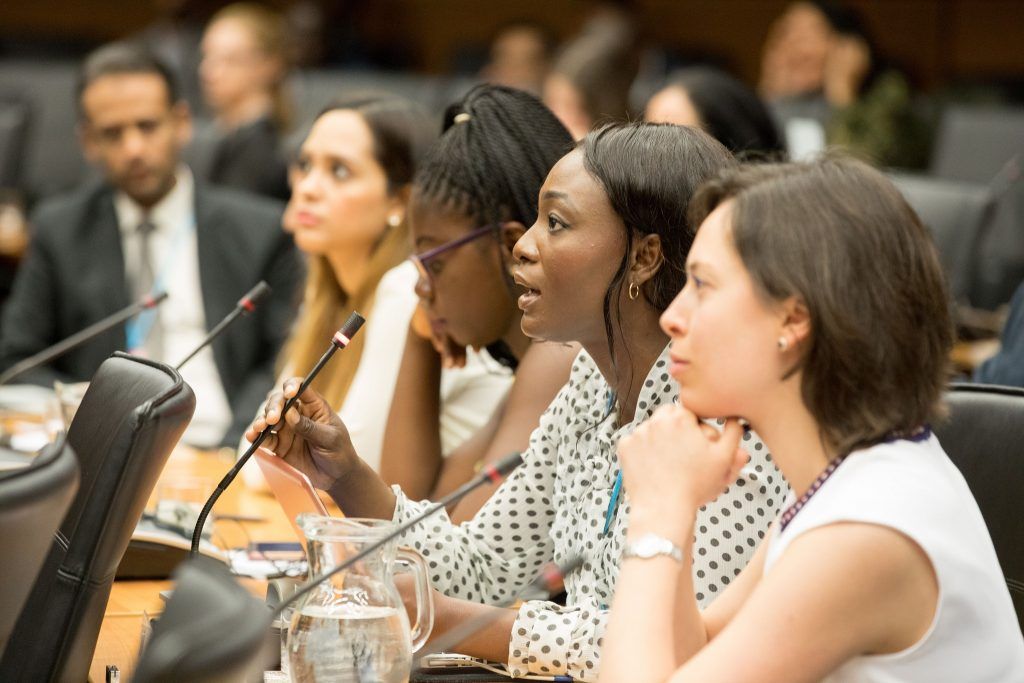 Credit: CTBTO/Anna Rauchenberger
Credit: CTBTO/Anna Rauchenberger
Grace Liu, a research associate at the James Martin Center for Nonproliferation Studies and an intelligence analyst in the US Army National Guard, was with friends on a beach in California, watching the sunset, when texts sent to their phones alerted them to a seismic event. “We saw this was in Northeast Asia,” recalled Liu, speaking at the recent 2nd CTBT (Comprehensive Nuclear Test Ban Treaty) Science Diplomacy Symposium in Vienna. “We knew that North Korea has been testing and that they had been looking to test again. So we got really excited and rushed home.”
Liu pulled up a map showing North Korea’s Punggye-ri test site. She explained that, within 15 minutes of the alert, using only open-source data, she was able to establish a link between the test site and the seismic activity. During the following 24 hours, she answered some of the most pressing questions about the incident on Twitter.
Liu, who is only 25 years old, was just one of dozens of smart, motivated students and young professionals from all over the world who attended the symposium, created by the Comprehensive Nuclear Test Ban Treaty Organization (CTBTO). While Liu stood out with her important research, her ambition was not unique among her peers.
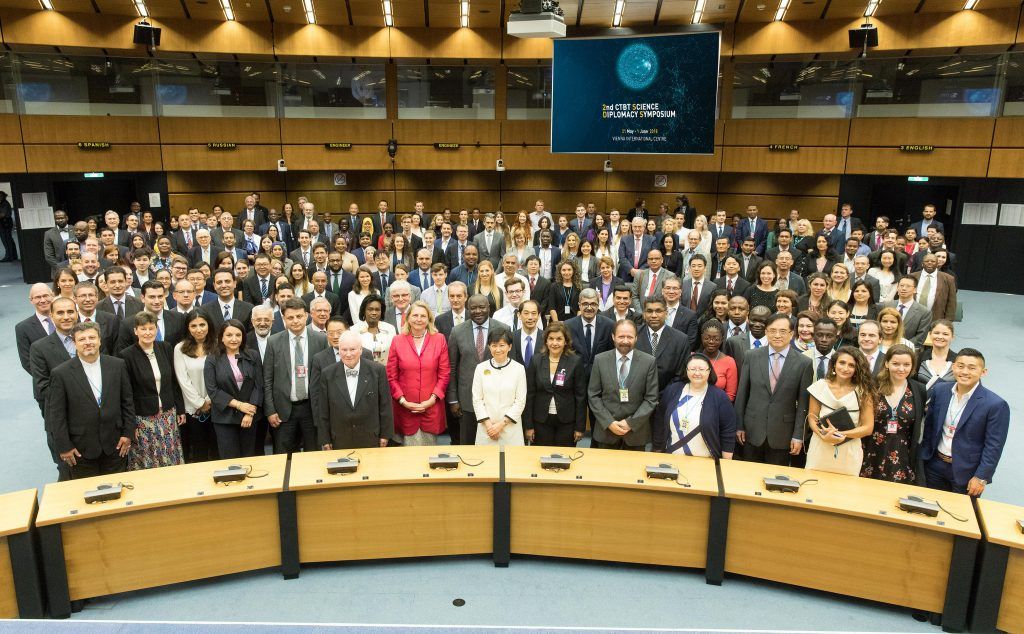
For decades, the disarmament establishment has assumed that young people are chronically disinterested in nuclear issues and need to be engaged. The symposium showed that this approach is outdated. Indeed, contributions from the new generation were the most innovative, daring, and promising during the conference. The disarmament community should realize that an energized group of young people committed to the cause already exists. They are full of astonishing ideas worth pursuing, and dynamism that can pull disarmament out of a vortex of frustration.
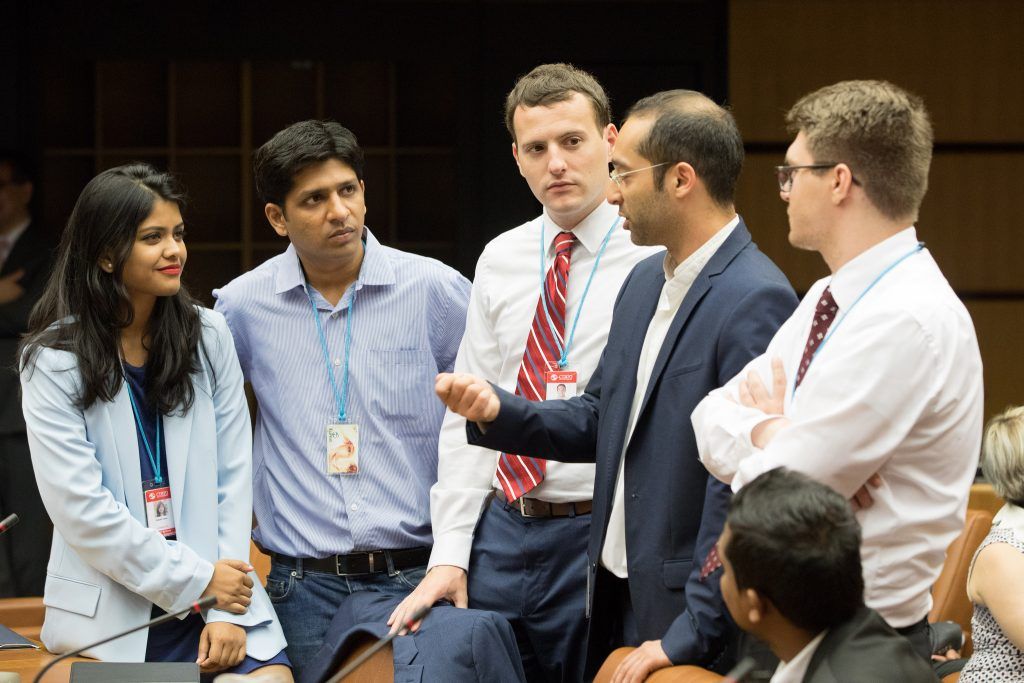
Fresh priorities. At the symposium, young participants voiced their discontent with the narrow boundaries around disarmament engagement. They are highly aware of their privileged position and of the need for greater understanding of the reality of nuclear weapons in their home communities. However, they do not feel as if they lack much guidance from professionals in providing essential information and getting their communities involved.
Young people are eager to set their own priorities for disarmament efforts – evidence of their confident navigation of the issue. Those priorities include demystifying nuclear weapons by teaching the basic physics behind them, making nuclear issues visible in places where they are not usually seen (like lifestyle magazines), and replacing the disarmament community’s ubiquitous “nukespeak“ with assertive anti-nuclear phrasing. Most impressively, the CTBTO Youth Group demonstrates that such ideas can be successfully pursued through organized efforts by young people. With a growing member base, and prominence both within and outside the disarmament community, the Youth Group can move the community closer to mass engagement and a vivid public discourse.
Liu’s project, for example, highlights how the public can get involved through democratizing nuclear weapons science. Her research encourages participation by interested individuals—for example, by scanning high-resolution satellite imagery for anomalies. Based on crowdsourced insights, Liu’s team was able to provide to the public highly detailed, digital 3-D models of the Punggye-ri test site’s outer and even inner makeup. Their estimates proved to be remarkably accurate when North Korean officials presented a group of journalists with underground maps of the area on May 24, during what Pyonngyang described as the test site’s dismantlement. Liu defended the legitimacy of this independent, transparent research when a former Iranian diplomat questioned why states should trust it and argued that believable results could only be delivered by international bodies like the CTBTO’s Technical Secretariat.
Entry vehicles. Youth Group member Autumn Bordner, who attends Stanford Law School and founded a project at Columbia University’s Center for Nuclear Studies to promote informed debate on issues relating to nuclear technologies and proliferation, laid out another way to raise awareness of, and opposition to, nuclear weapons. Her field studies investigating the health and environmental consequences of nuclear tests in the Marshall Islands unveiled how the US government not only displaced island populations and permanently damaged their physical homes and spiritual identities, but also continues failing to secure former test sites and prevent further environmental damage—from leaking nuclear waste ponds, for example.
Young participants at the symposium quickly recognized the potential of these findings to support the more assertive anti-nuclear-weapons rhetoric they advocated. They suggested that humanitarian, human-rights, and environmental effects of nuclear testing would work especially well as entry vehicles to teach about disarmament, because these effects enjoy a much broader audience of concerned citizens than do nuclear weapons. If people care about damage to humans and nature, engagement against nuclear testing can be one way of preventing it.
Empowered to advocate. Lastly, in a two-day exercise simulating a CTBTO Executive Council deliberation over an on-site inspection request, participants were confronted with the scenario of a possible clandestine nuclear test by a party to the Comprehensive Nuclear Test Ban Treaty. More than any other part of the symposium, this simulation showed that young people can not only be experts on the technical side or in public engagement but also that they are already well prepared to make tough decisions during a crisis. The participants showed profound comprehension of how lobbying the right stakeholders at critical points in time can change outcomes in the interest of nonproliferation and disarmament. These students and young professionals are eager to become decision-makers in relevant institutions, or to lobby decision-makers, and they should be empowered to do that. I do not see reason for concern that they will make the same mistakes as previous generations. They understand the need to reach beyond the current boundaries, and they are already doing that.
The symposium showed that there is a smart, courageous network of young people with a passion for disarmament—and even the organizational structures for a promising future. They have new and exciting ideas for how to bring about change. Maybe it is time that well-established professional institutions ask not what the youth can do for them, but what they can do for the youth.
Together, we make the world safer.
The Bulletin elevates expert voices above the noise. But as an independent nonprofit organization, our operations depend on the support of readers like you. Help us continue to deliver quality journalism that holds leaders accountable. Your support of our work at any level is important. In return, we promise our coverage will be understandable, influential, vigilant, solution-oriented, and fair-minded. Together we can make a difference.
Keywords: CTBTO, Science Diplomacy Symposium, Youth Group
Topics: Nuclear Risk, Nuclear Weapons, Voices of Tomorrow



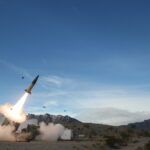

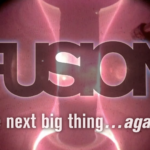
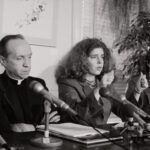
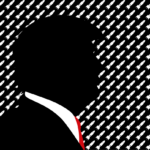








All wonderful, but one thing: instead of “anti nuclear”, why not “nuclear free”?
Create a vision of what you/we all want!
Are the youth interested in the Treaty on the Prohibition of Nuclear Weapons?
Mr. Reitmann: As founder of a very small local disarmament group in rural Western Washington, and a concerned grandfather of 3 very smart young women, whose secondary schools and colleges have provided them no education on the subject, I am encouraged by your article. Can you share any educational materials that our group could offer to the local schools? We do research and analysis, and share information with our members and followers of our website http://www.nomorebombs.org but most of them are seniors, like myself. Preparing information for students is a challenge. We could use any advice you care to offer.… Read more »
What great news! I hope the young people will succeed where we older ones failed. In l981 in Point Arena, CA., we started World Peace Now to advocate for nuclear disarmament. And now in 2018 there is finally a UN treaty to ban nuclear weapons. When I demonstrate on Fridays, I notice that the most positive responses are to the signs about stopping nuclear weapons. Maybe before I die (I’m 82 now) I’ll actually see that threat to human existence removed. All power to the young people who are making it happen! God bless them!